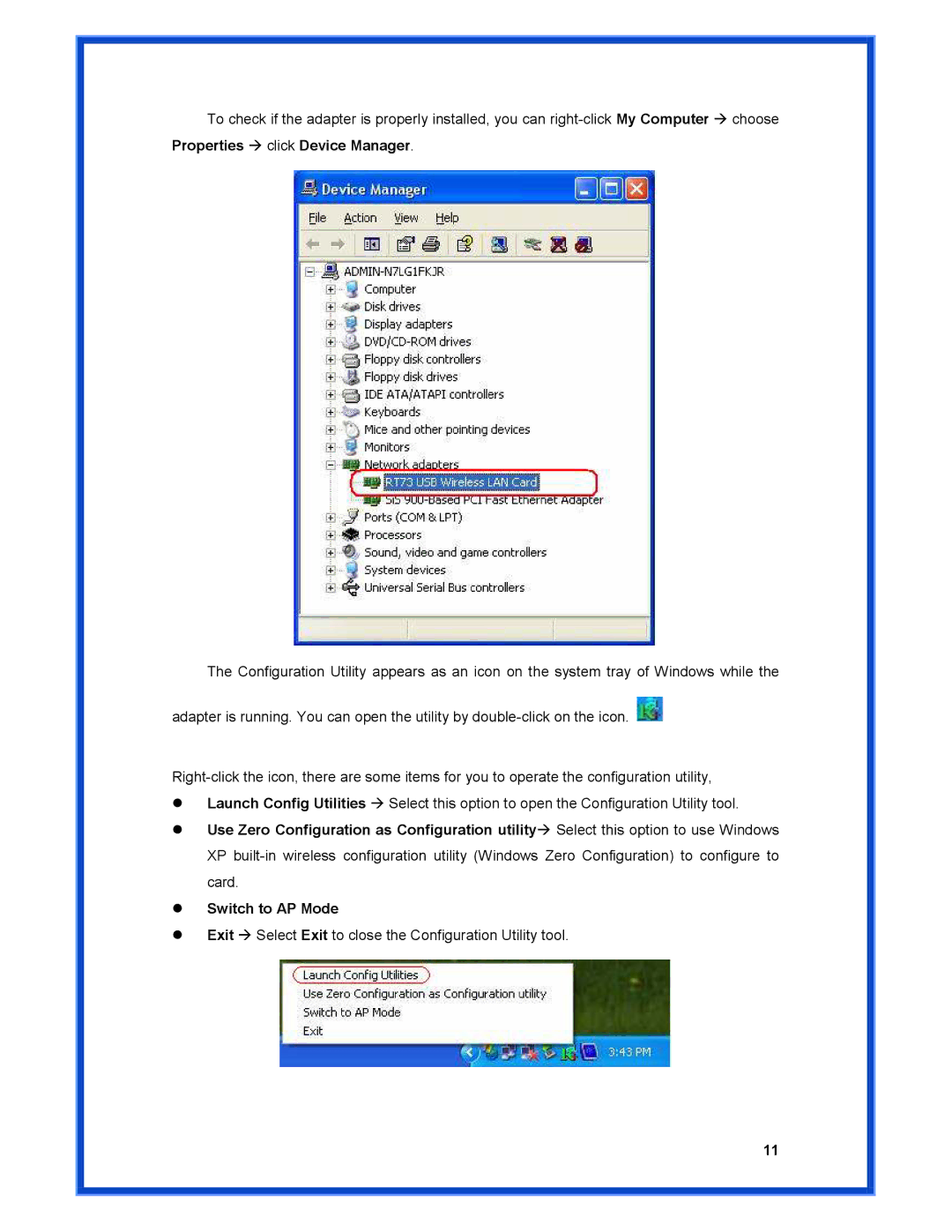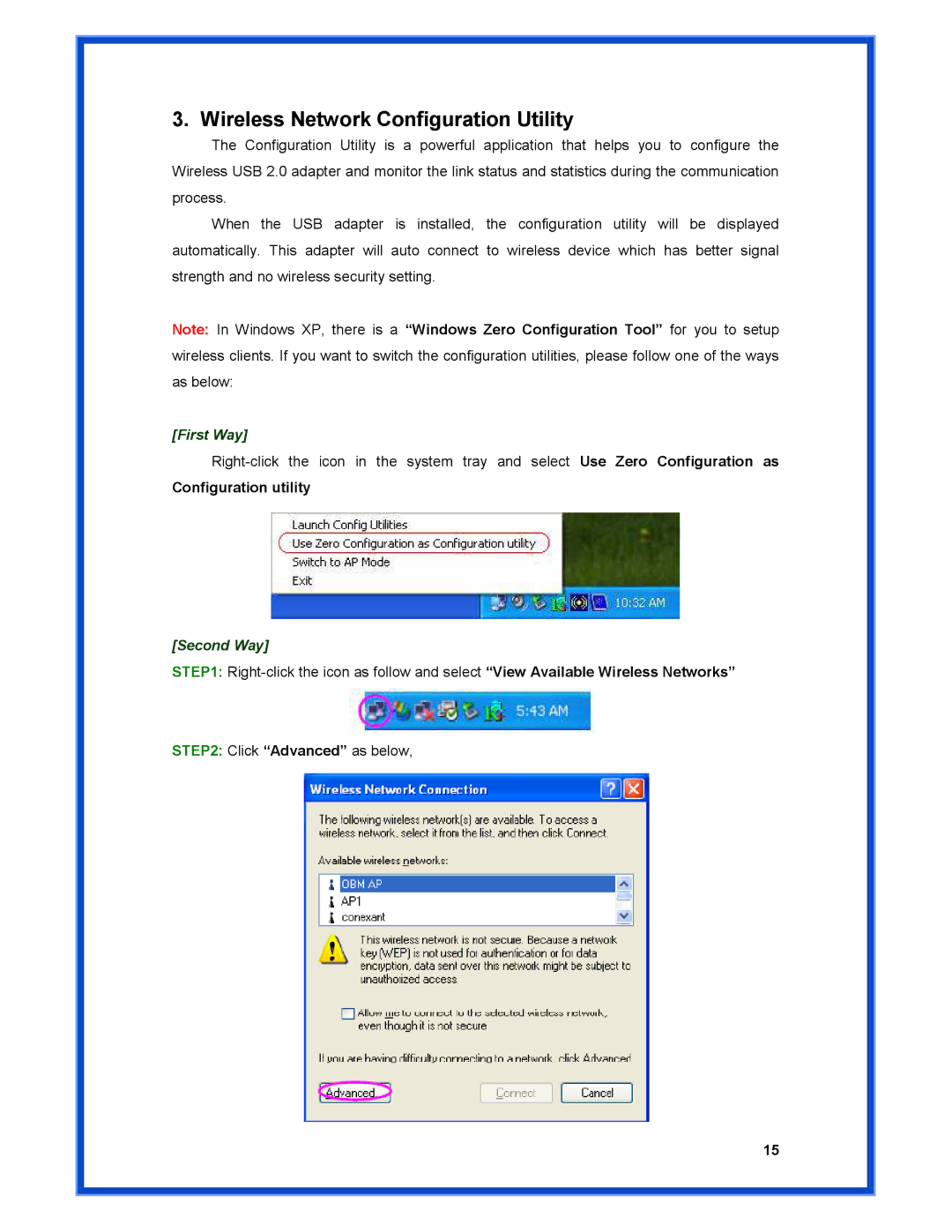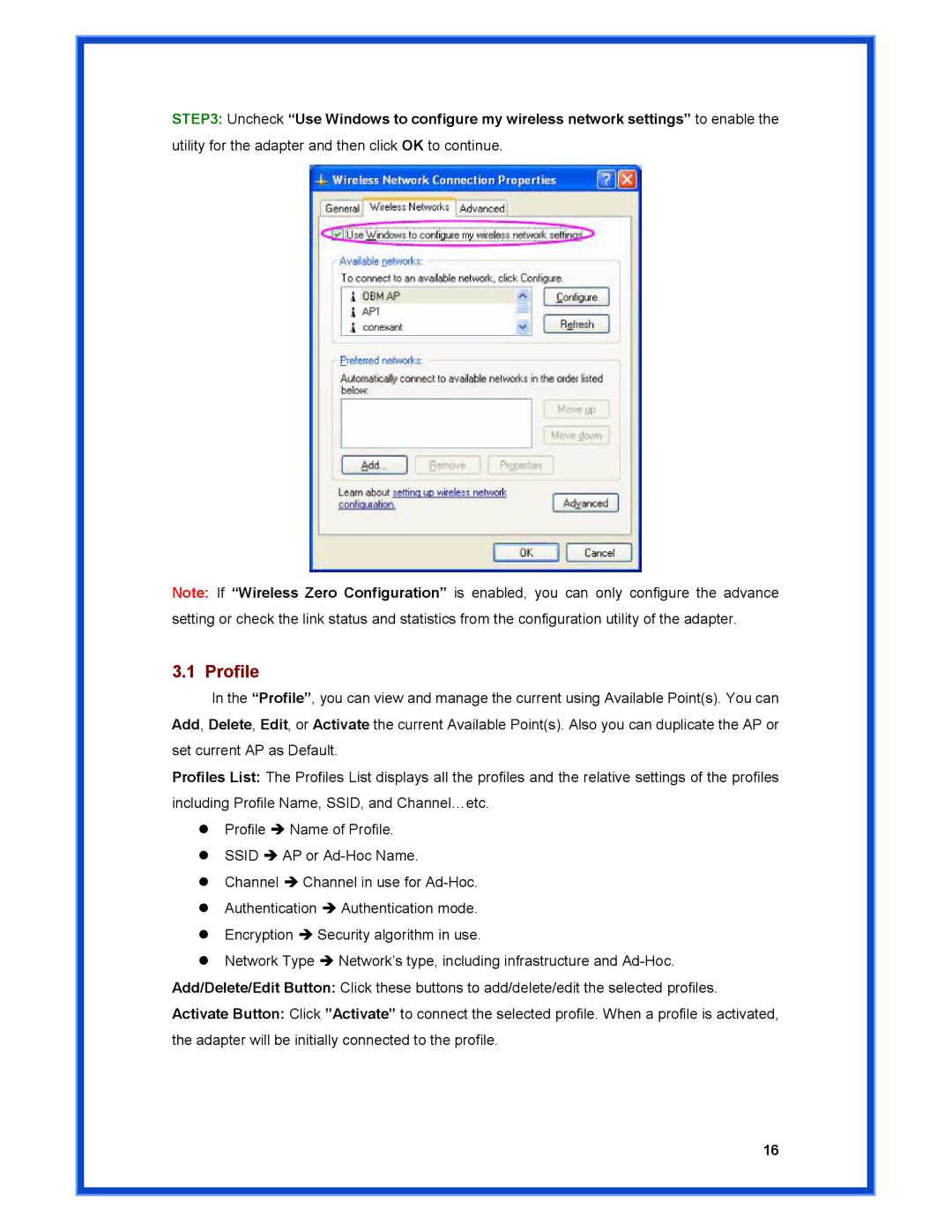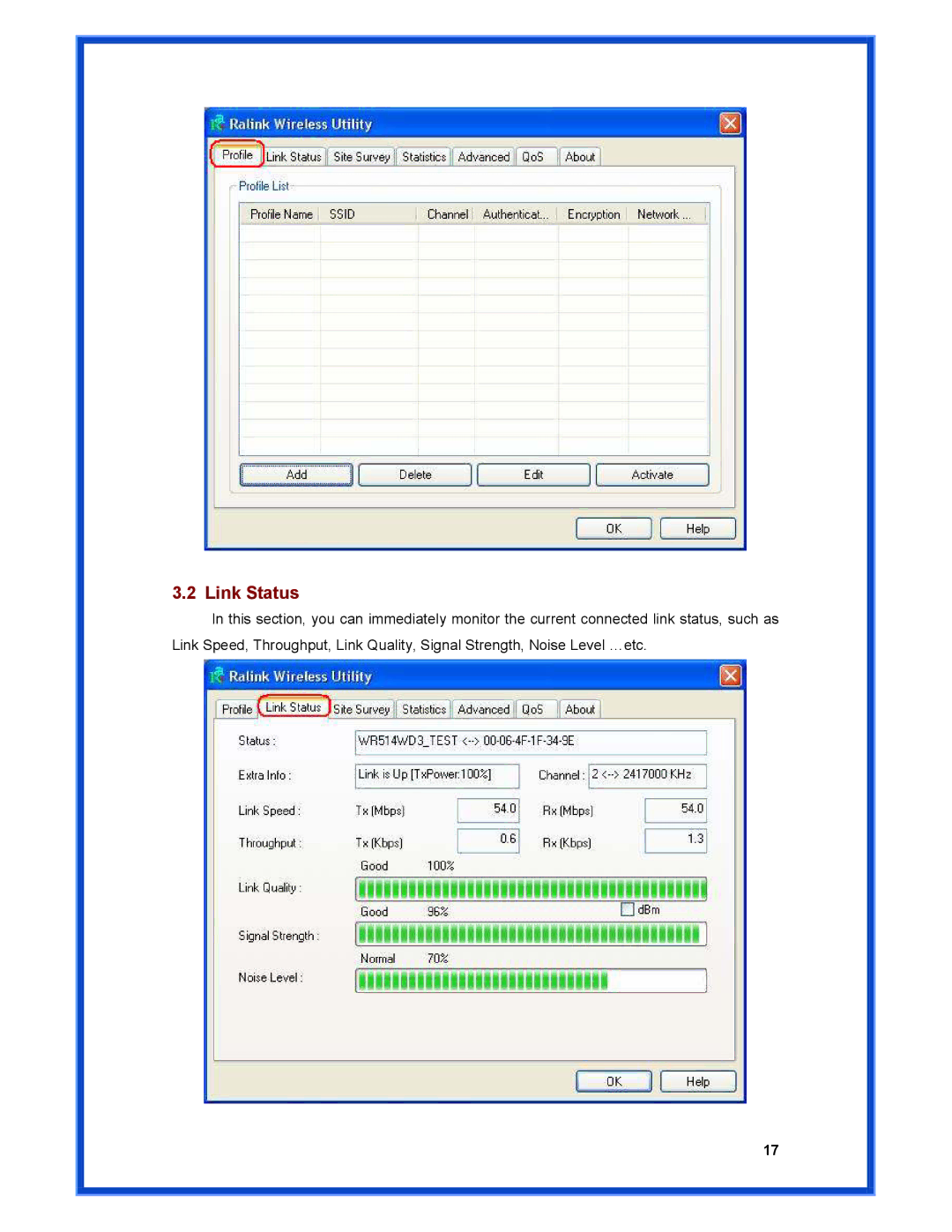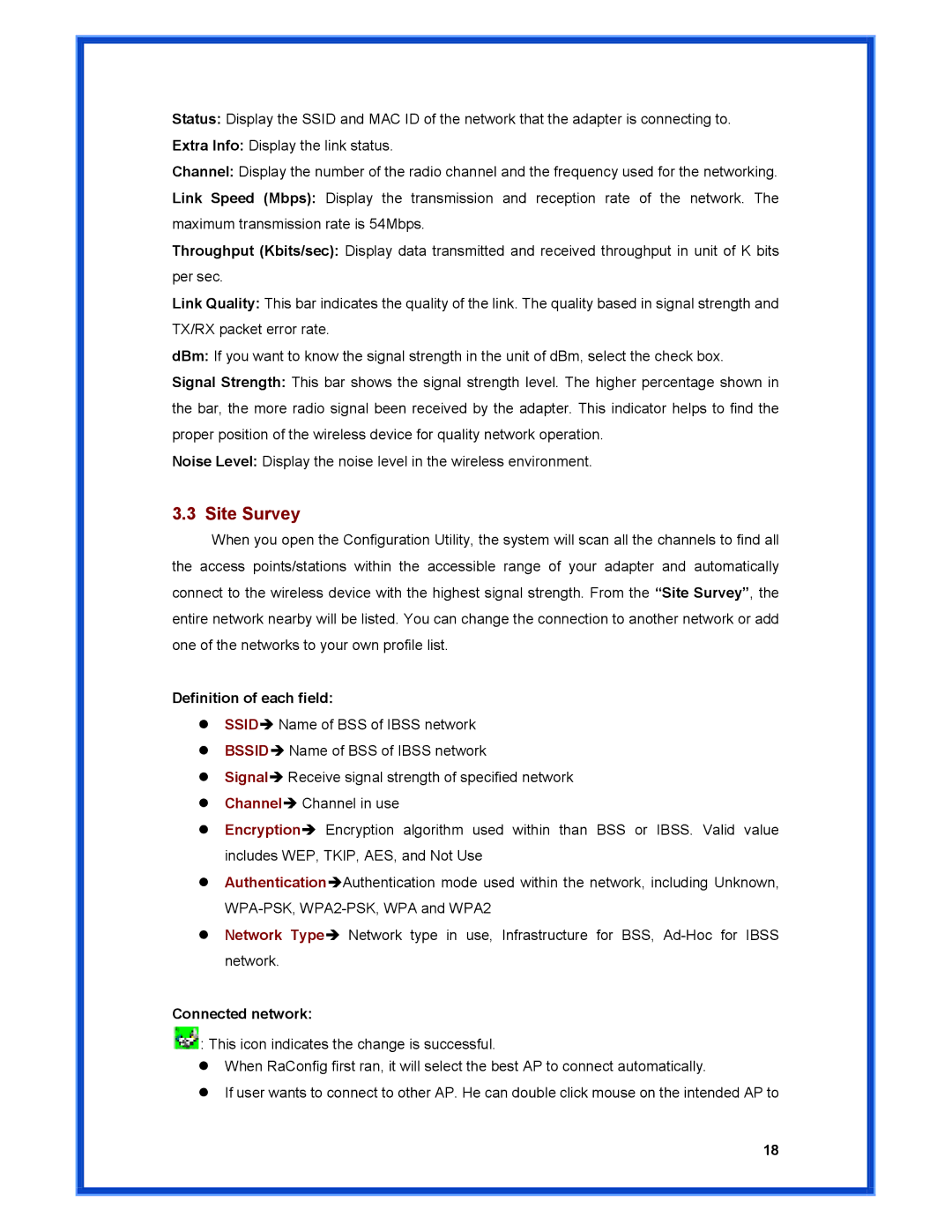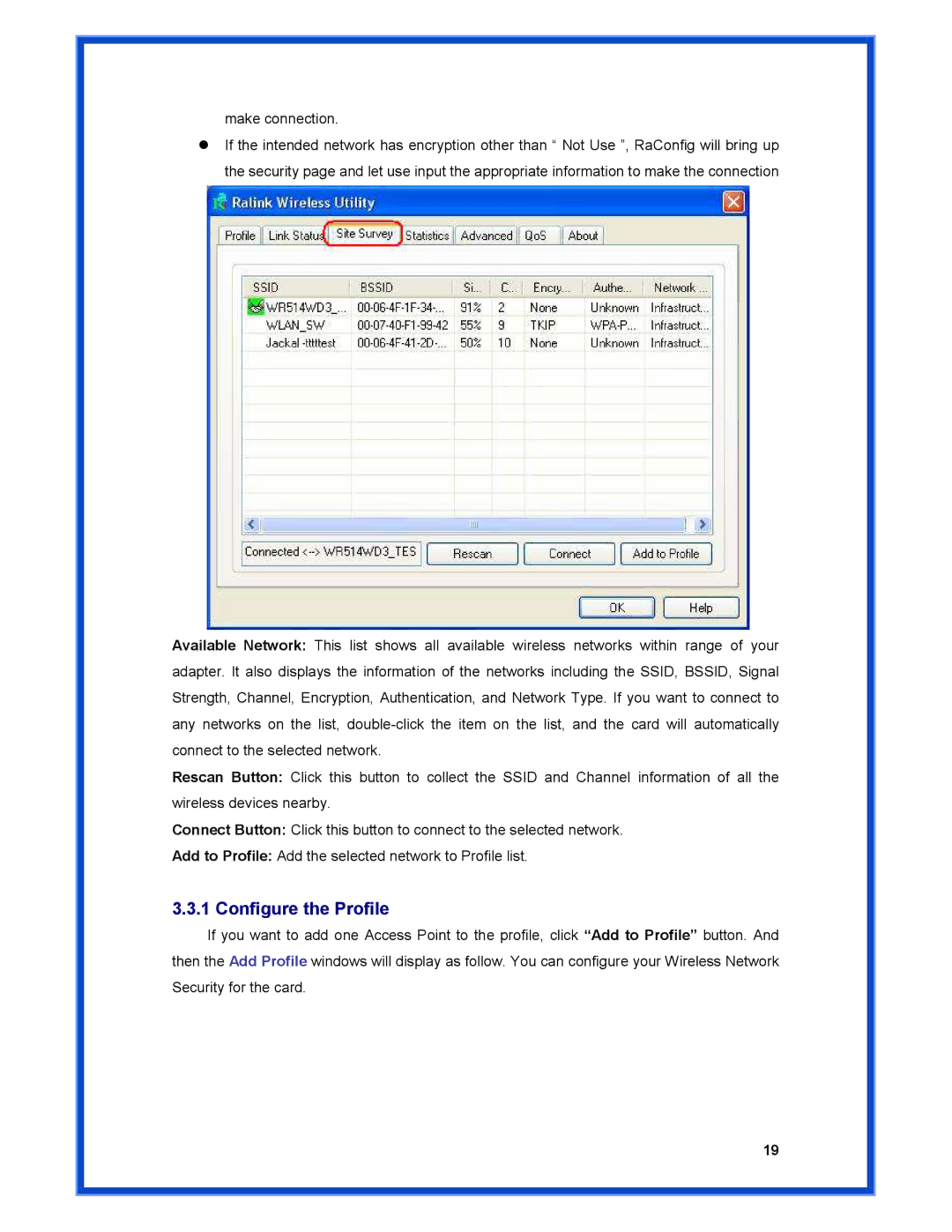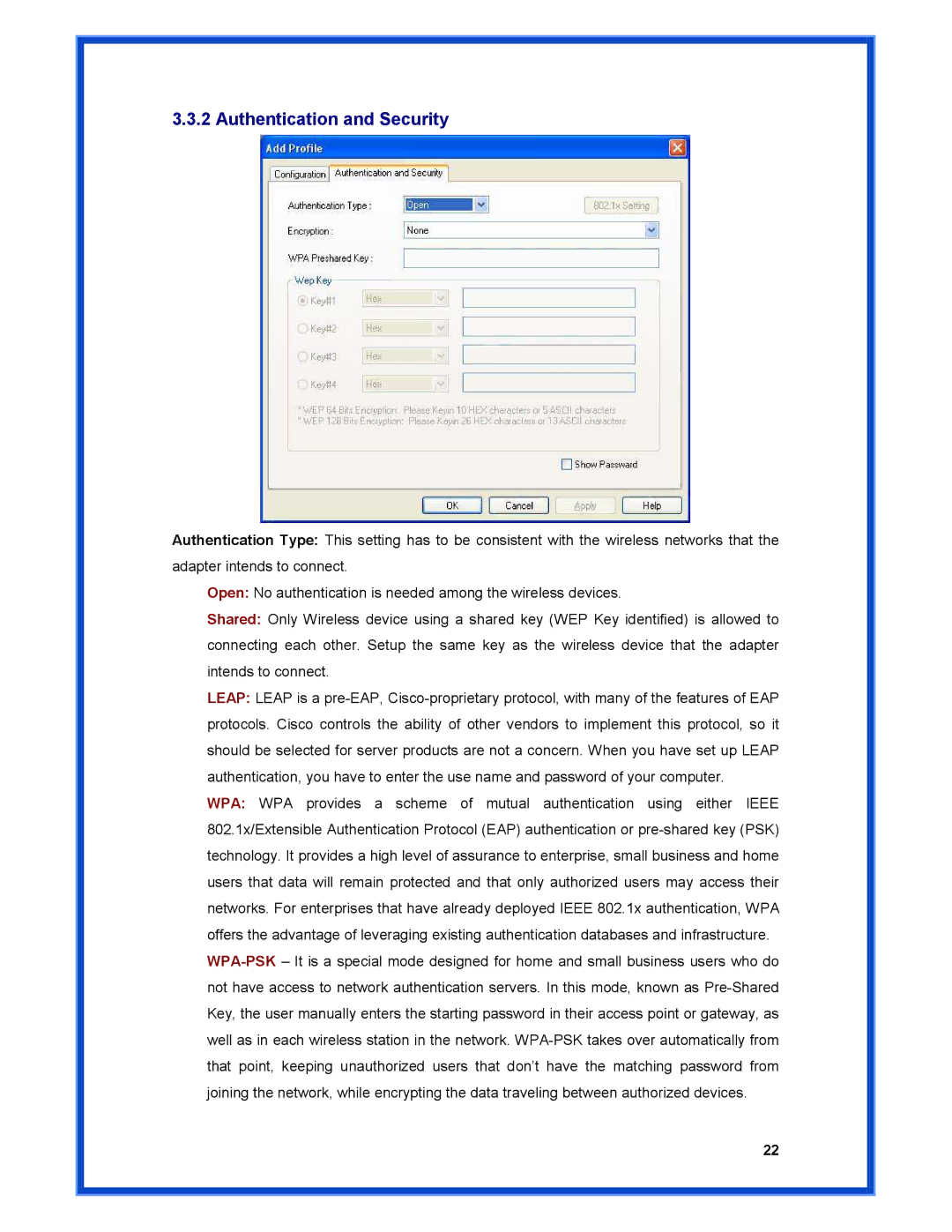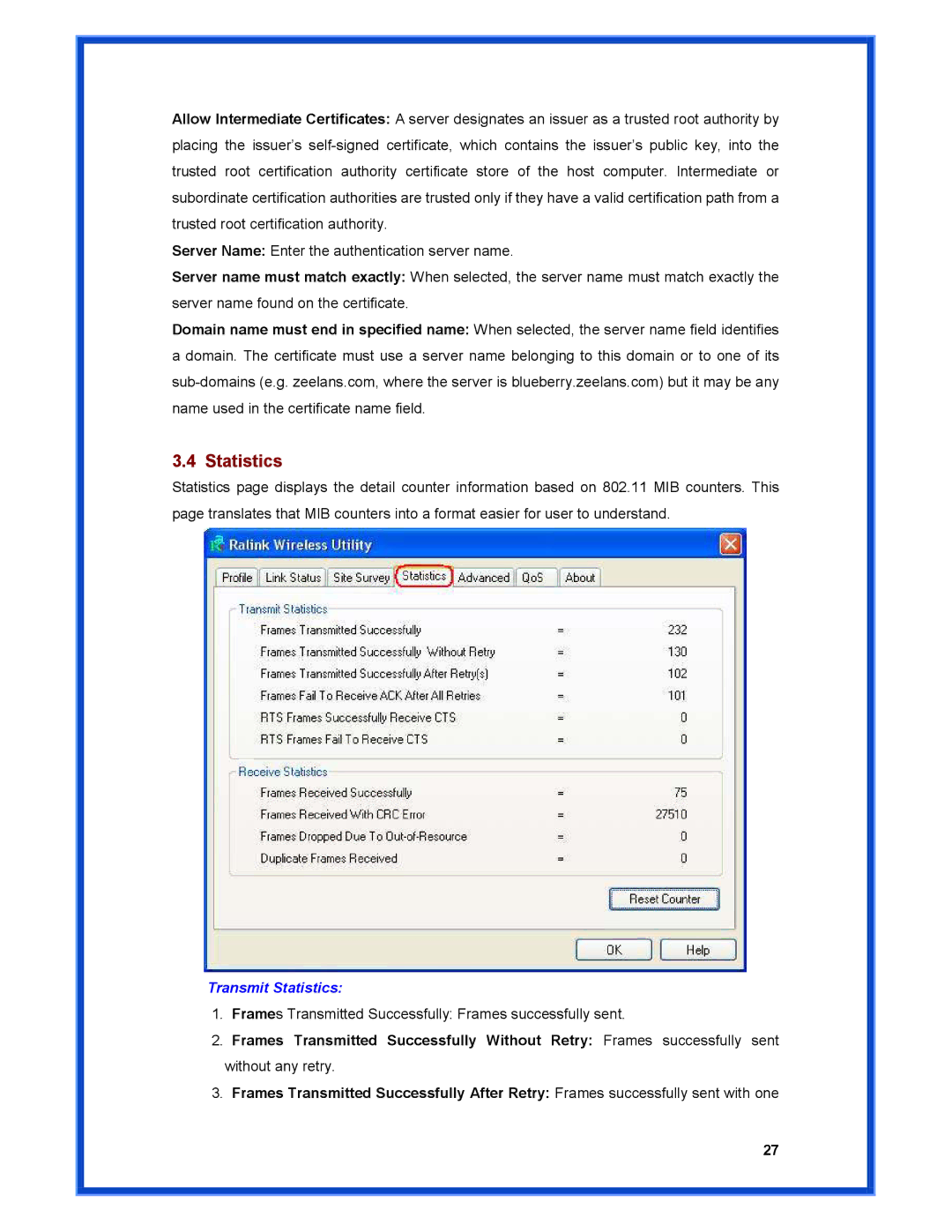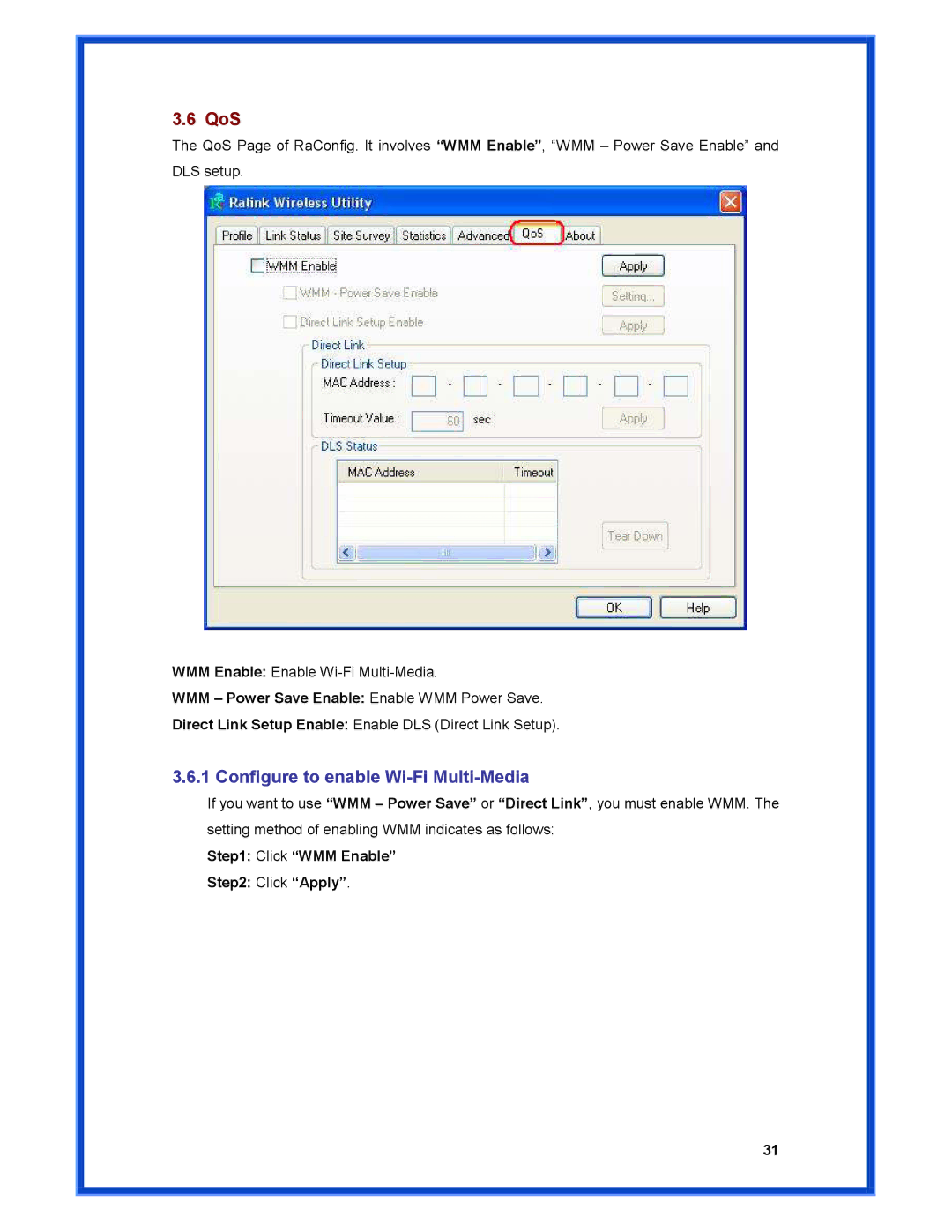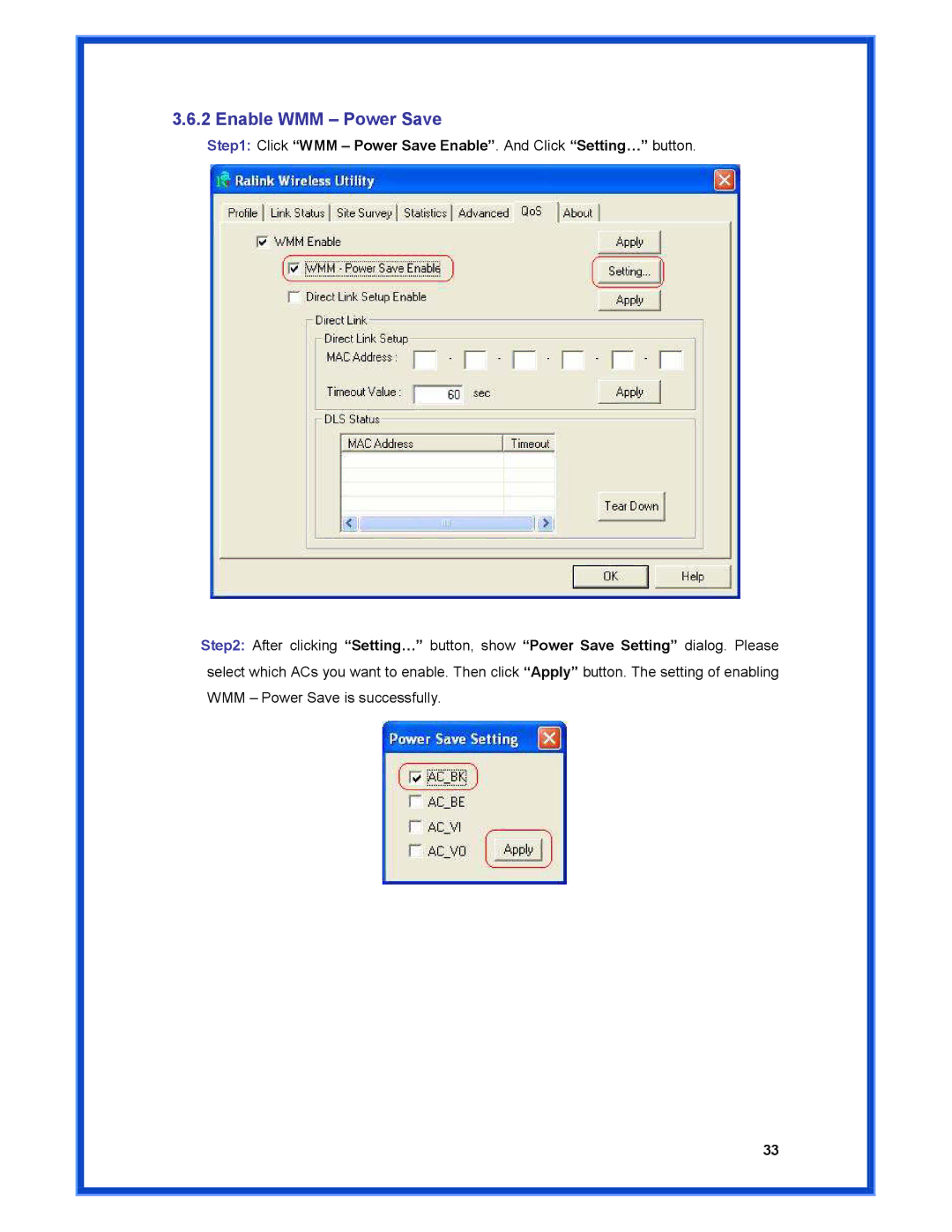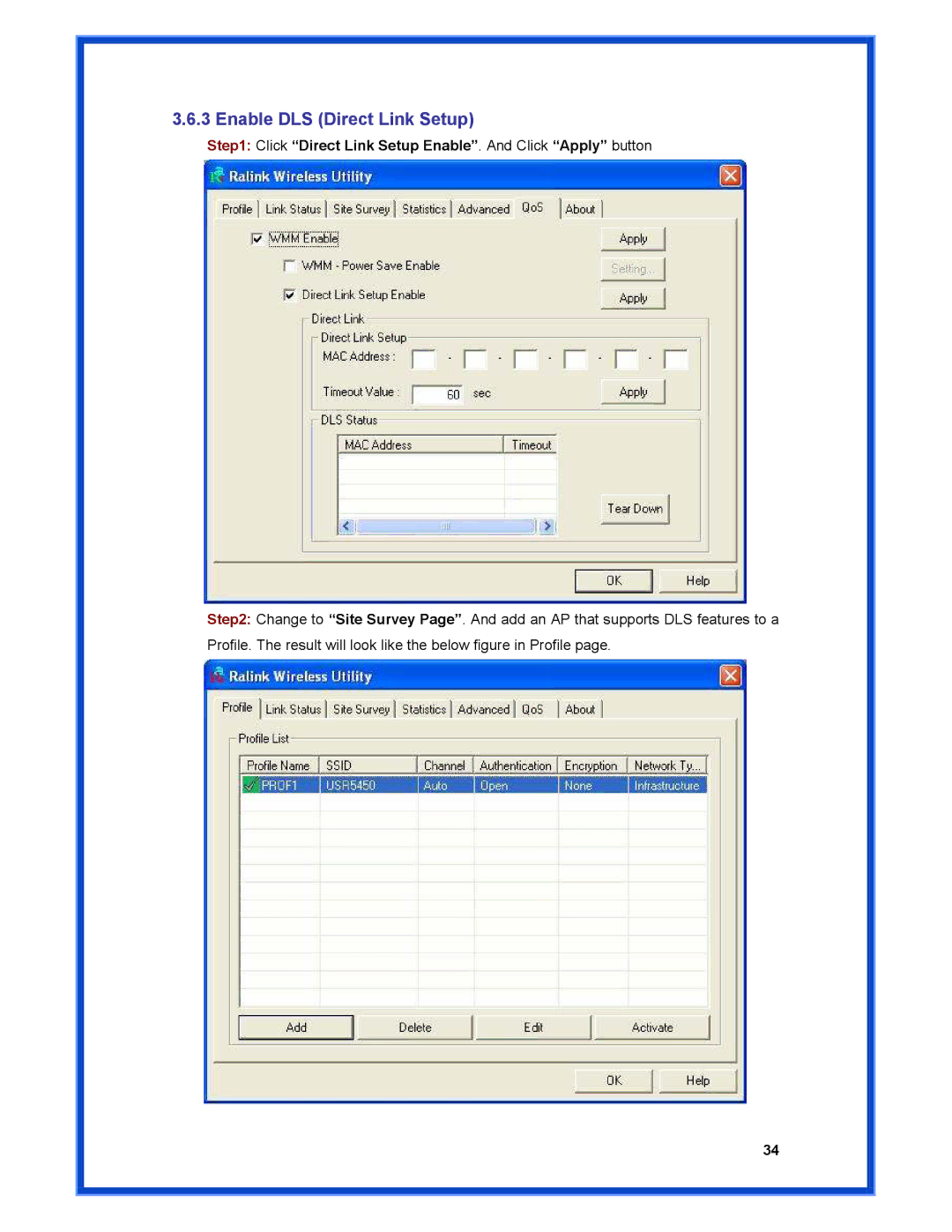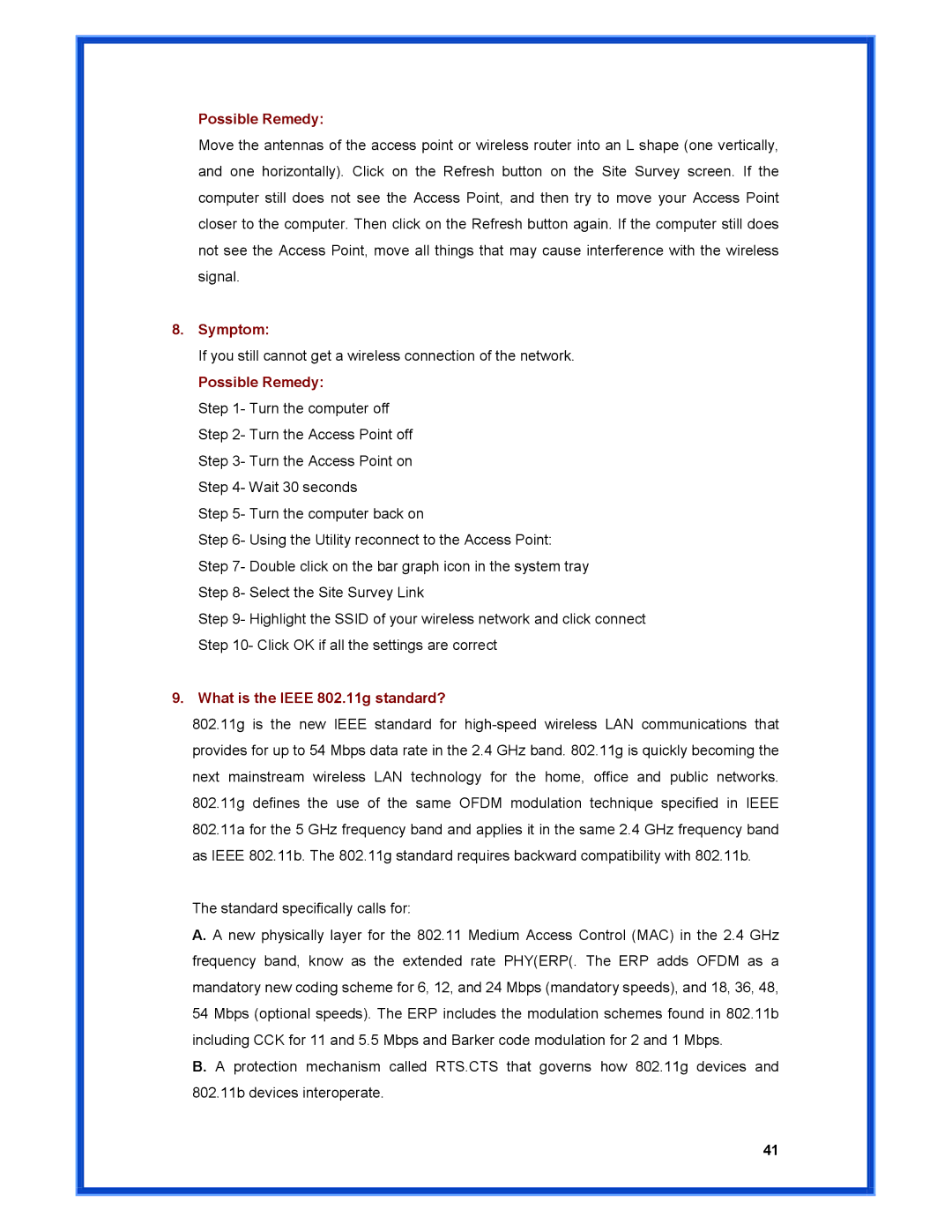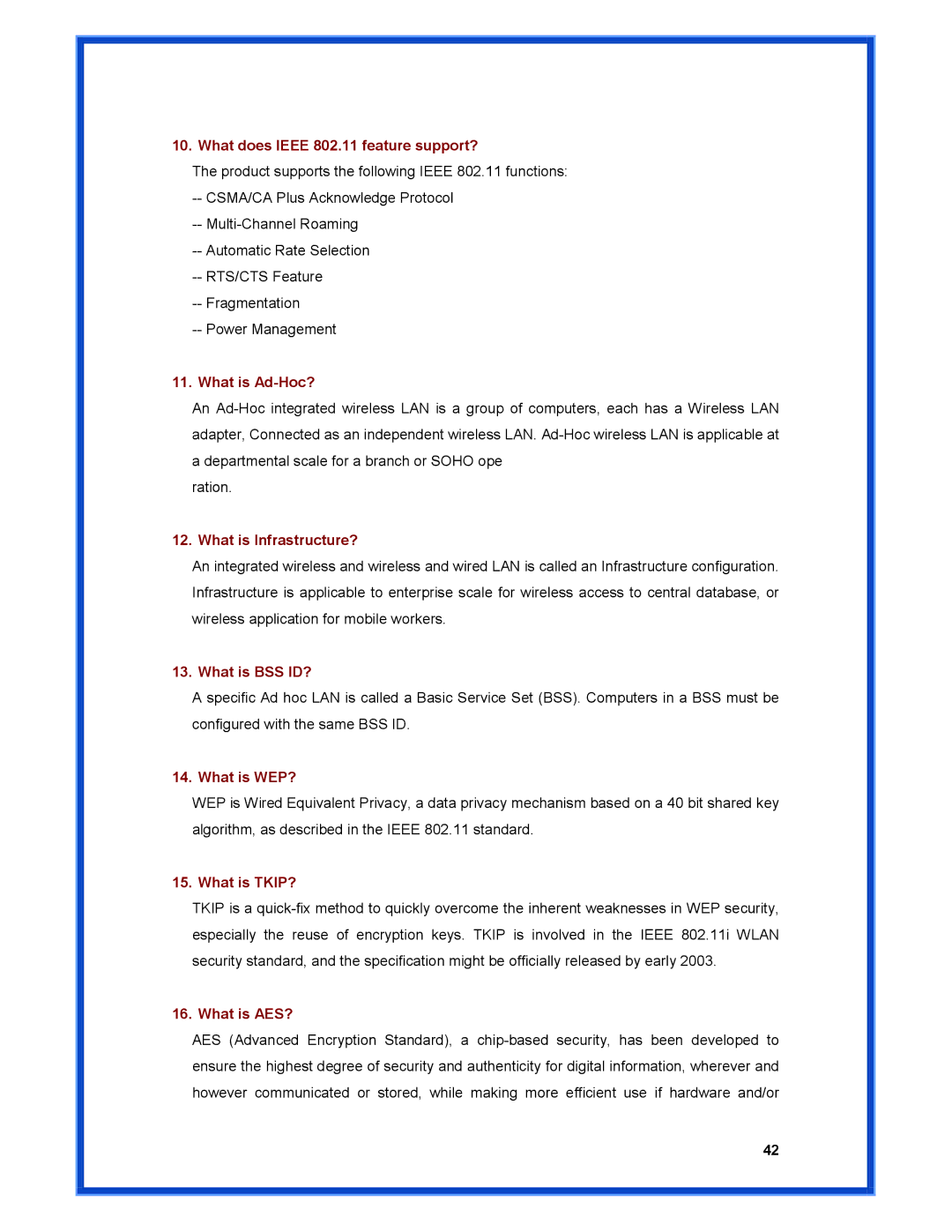
WPA2 – Like WPA, WPA2 supports IEEE 802.1x/EAP authentication or PSK technology. It also includes a new advanced encryption mechanism using the Advanced Encryption Standard (AES). AES is required to the corporate user or government users. The different between WPA and WPA2 is that WPA2 provides data encryption via the AES. In contrast, WPA uses Temporal Key Integrity Protocol (TKIP).
WPA 802.1X – 802.1x authentication is required in WPA. In the 802.11 standard, 802.1x authentication was optional.
WPA2 802.1X – WPA2 is the
802.1x Setting: When you have set the Authentication Type to Open, Shared, WPA or WPA2, you can also enable IEEE 802.1x setting to use the authentication server or certification server to authenticate client users.
Encryption Mode:
None – Disable the Encryption mode.
WEP – Enabled the WEP Data Encryption. When the item is selected, you have to continue setting the WEP Key Length & the key Index.
TKIP – TKIP (Temporal Key Integrity Protocol) changes the temporal key every 10000 packets (a packet is a kind of message transmitted over a network). This insures much greater security than the standard WEP security.
AES – AES has been developed to ensure the highest degree of security and authenticity for digital information and it is the most advanced solution defined by IEEE 802.11i for the security in the wireless network.
Note: All devices in the network should use the same encryption method to ensure the communication.
WPA
WEP Key (Key1~Key4): Only valid when using WEP encryption algorithm. The WEP keys are used to encrypt data transmitted in the wireless network. There are two types of key length:
23
